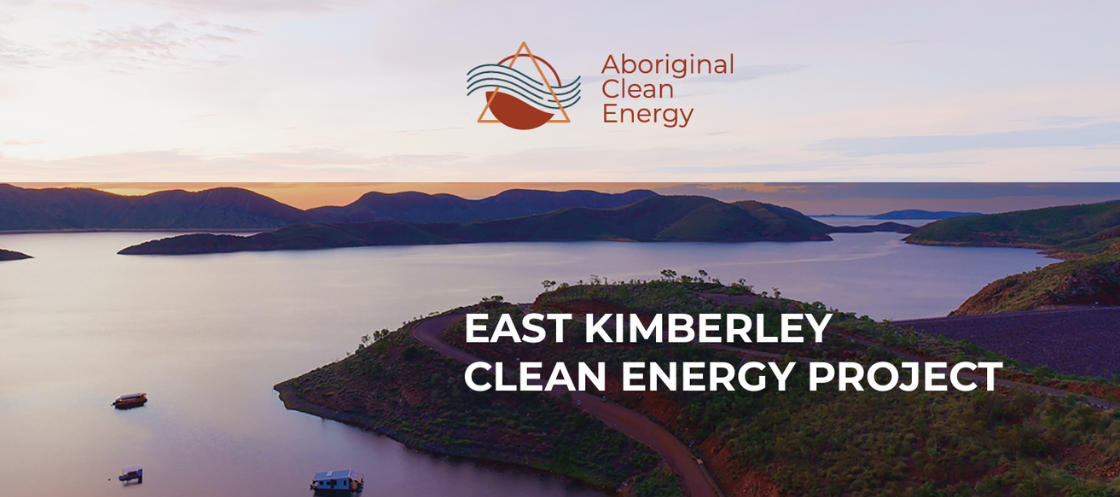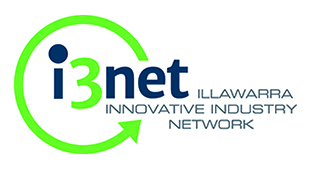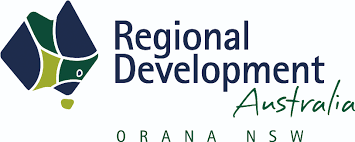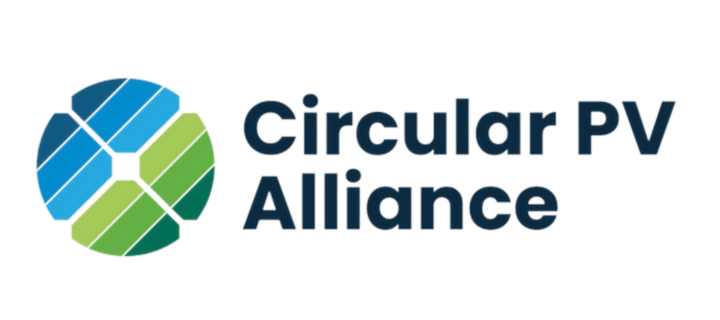ARENA funds First Nations-led renewable energy and hydrogen project in the Kimberley
The East Kimberley Clean Energy and Hydrogen Project sets a precedent for future collaborations between First Nations communities, government agencies, and private sector entities, grounded in environmental responsibility, economic prosperity, and cultural preservation.

The Australian Renewable Energy Agency (ARENA) has allocated $1,666,701 to Aboriginal Clean Energy Partnership (ACEP), to revolutionize renewable energy and hydrogen production in Western Australia's Kimberley region. This funding supports the commencement of the $3,333,403 Phase 1 of the East Kimberley Clean Energy and Hydrogen Project.
Made up of native title representative holders including Yawoorroong Miriuwung Gajerrong Yirrgeb Noong Dawang Corporation (MG Corporation), Balanggarra Ventures Ltd (Balanggarra), and Kimberley Land Council Aboriginal Corporation (KLC), ACEP fronts this visionary project.
Alongside climate and nature investment and advisory firm Pollination, the partners have formed the ACEP coalition to oversee every aspect of the project's development, ensuring a holistic approach encompassing cultural heritage, environmental sustainability, and economic viability.
Each entity is critical to the project's success, which aims to generate large-scale renewable energy, hydrogen, and ammonia for both domestic and international markets. The project will set a new standard regarding the involvement of Traditional Owners as shareholders and not just stakeholders in the development phase of clean energy projects.
"This project will pave the way for First Nations-led renewable energy developments and ARENA will be working to ensure the lessons we learn from East Kimberley inform future projects," said ARENA CEO Darren Miller.
KLC Chairman Anthony Watson envisions a future where economic prosperity harmonizes with caring for country.
"This project will show it is possible to design a future where economic prosperity, Indigenous empowerment, and caring for country work hand in hand," Watson said.
Phase 1 of the feasibility study, set to commence immediately and scheduled for completion within five months, aims to establish the technical and economic viability of its ambitious goals. The proposed facility boasts plans for approximately 1,000 MW of solar generation and 850 MW of electrolysis capacity on MG Corporation land, with the produced hydrogen to be transported to Balanggarra Country in Wyndham for ammonia production and export.
If proven feasible, the project's deployment would constitute one of the world's largest renewable hydrogen and ammonia production facilities. With an estimated capital cost ranging from $2.7-3.2 billion, the project represents not only a significant investment in clean energy infrastructure but also a testament to the potential of Indigenous-led sustainable development.
















